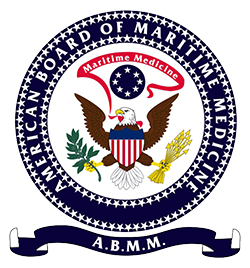“Seafarer,” Passengers, and the “Maritime Community.”
The definition of “seafarer,” while seemingly a simple term, is, and has been, the subject of intense and complex discussions and debate. While the International Maritime Organization (IMO) doesn’t provide its own formal definition of “seafarer,” it instead references the definition established by the International Labour Organization (ILO) in the Maritime Labour Convention (MLC), 2006.
The MLC defines a seafarer as “any person who is employed or engaged or works in any capacity on board a ship to which this Convention applies”. In this regard, the term applies to ships covered by the MLC, which typically includes merchant vessels engaged in commercial activities but excludes ships of war, naval auxiliaries, and, generally, fishing vessels, offshore maritime platforms, and maritime island resorts established for the purpose of entertaining traveling cruise ship passengers.

Furthermore, many National or State sovereigns employ their own definitions of “seafarer,” (as may be determined for various purposes), which may modify, restrict or expand the basic ILO definition. For instance, the laws of the Government of the Grand-Duchy of Luxembourg, for the purpose of the application of the MLC, 2006, the word seafarer means any person who is employed or engaged or works in any capacity on board a ship.
However, such laws include that competent authorities of the State of nationality or permanent residence of such persons (seafarers) after consulting with the shipowners’ and seafarers’ organizations concerned, may be used to denominate an individual as being, or not being a seafarer. Many National or State sovereigns permit variation of the definition of seafarer as may be related for the receipt of insurance, health benefits, ship-arrest rights, etc.
